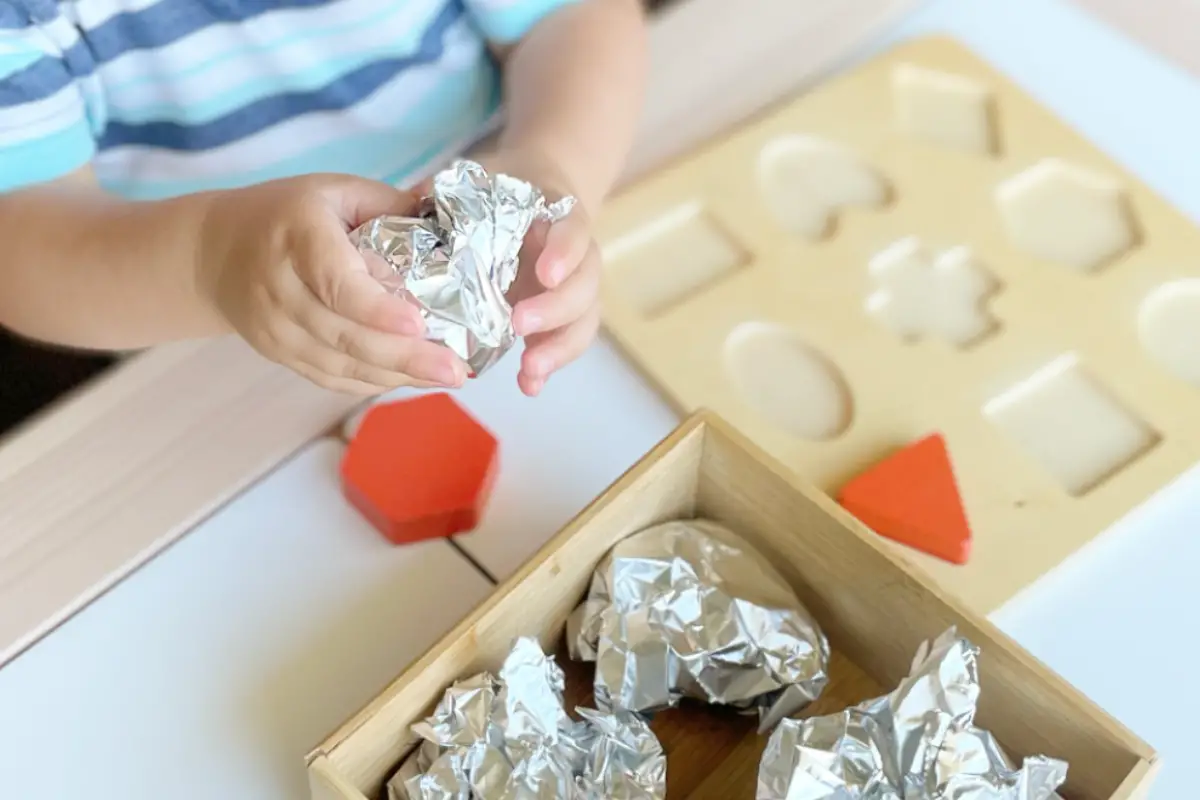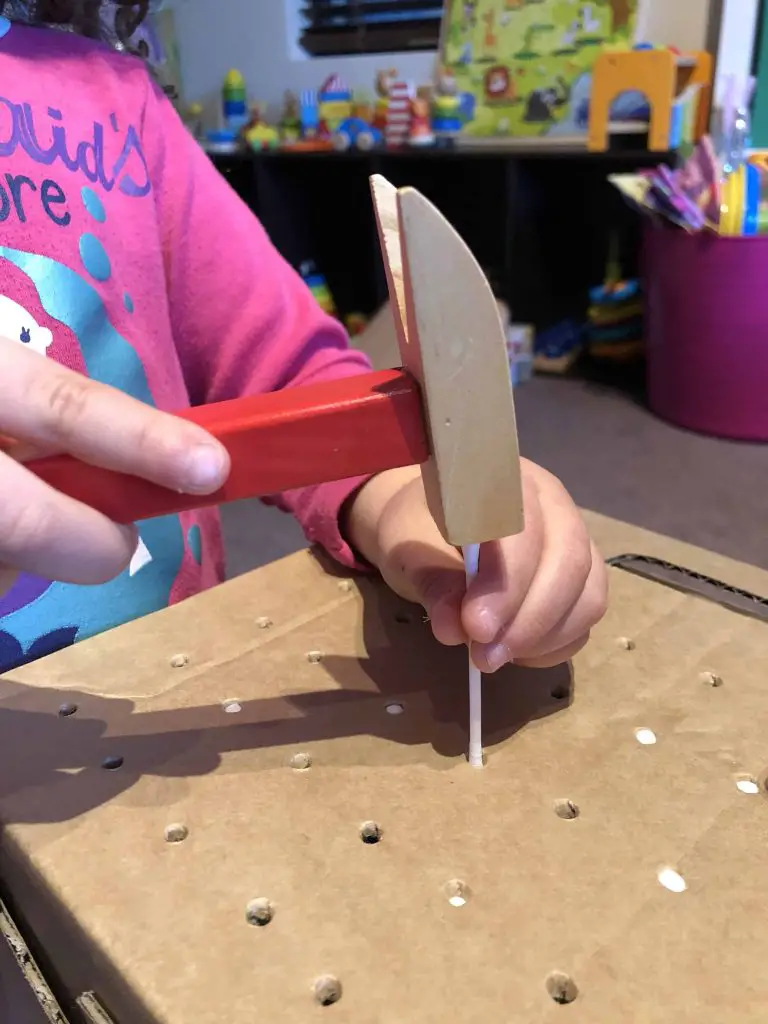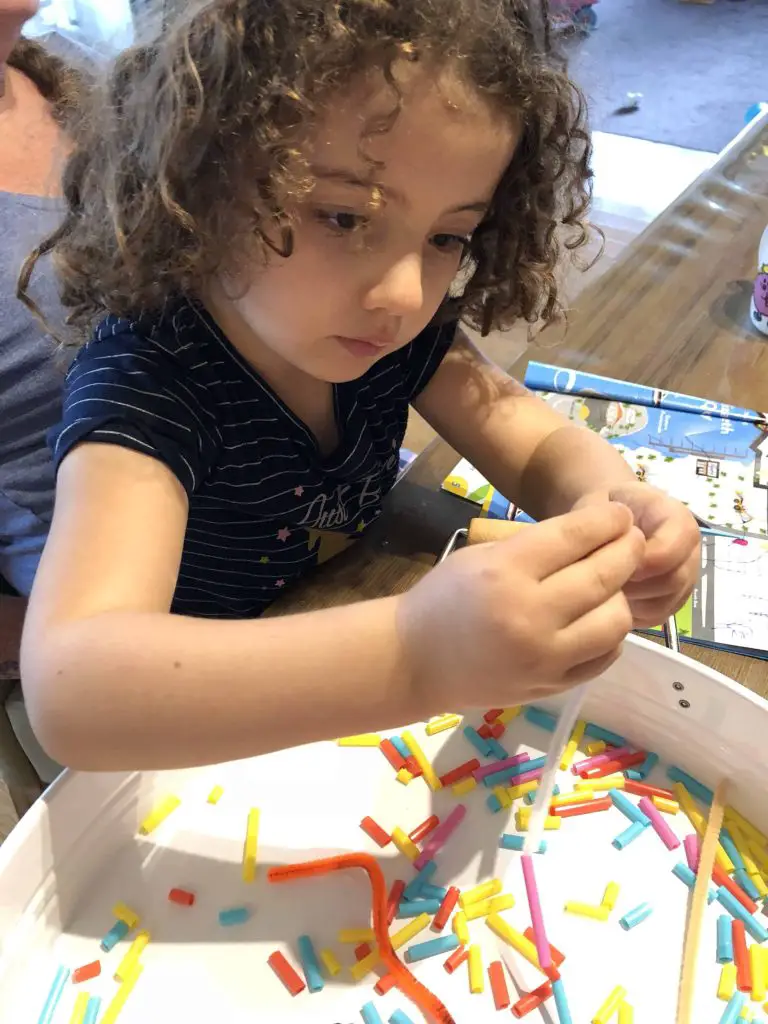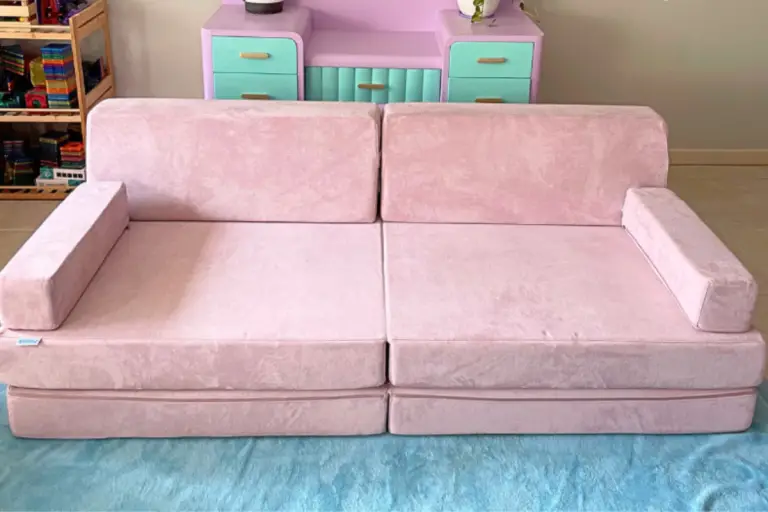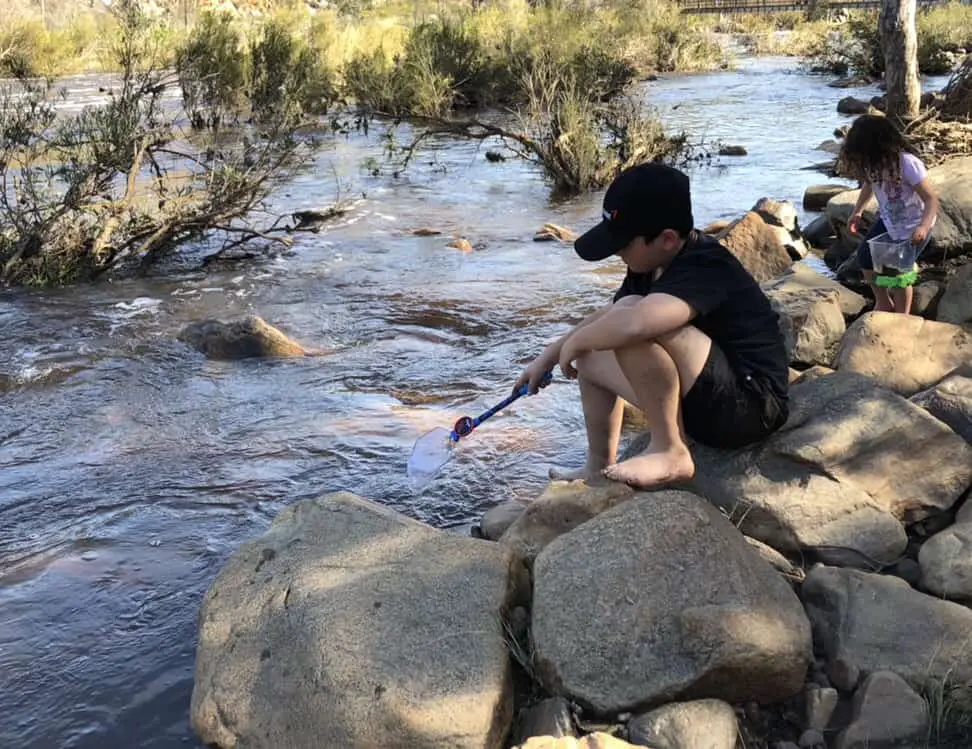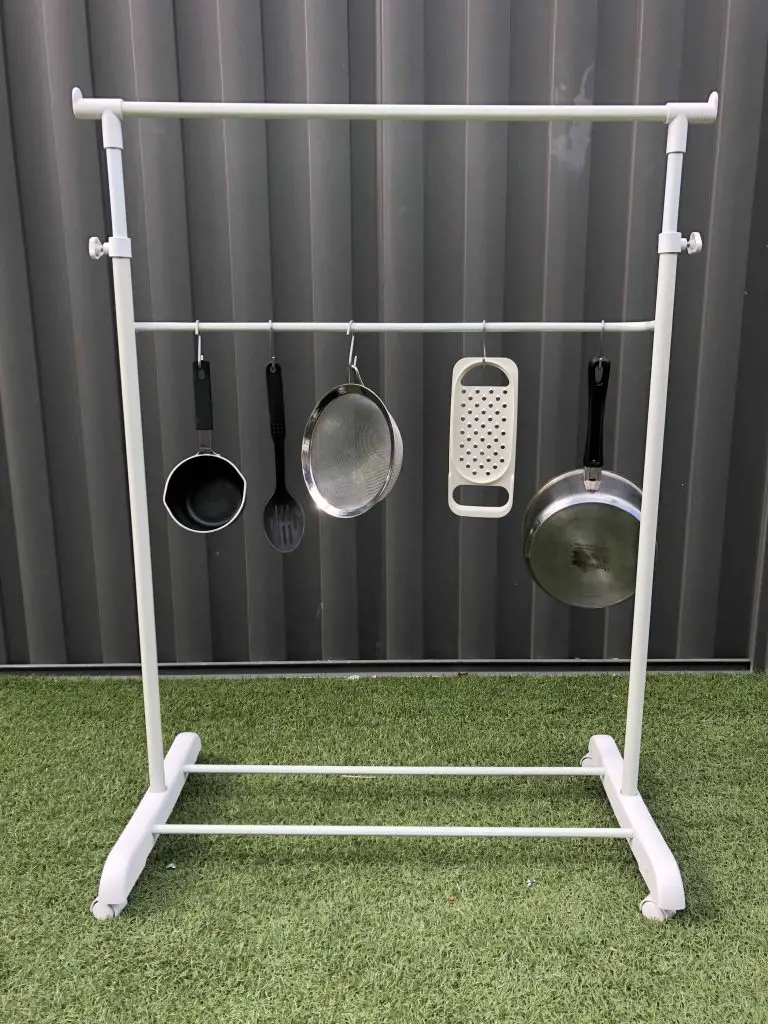Alfoil Wrapped Puzzle Pieces
Disclosure: This blog contains affiliate links which I may earn a small commission from if you purchase through them, at no extra cost to you.
Alfoil-wrapped puzzle pieces have been a huge hit for years in our house. That is, for the bigger kids just as much as the small!
What am I saying?
Any toy wrapped in alfoil has been a huge hit. There is something special in taking something familiar but presenting it to them differently.
Apart from wondering if Mum has gone loopy, different can spark curiosity.
Curiosity encourages meaningful learning.
That is the driving force behind this simple toddler play idea.
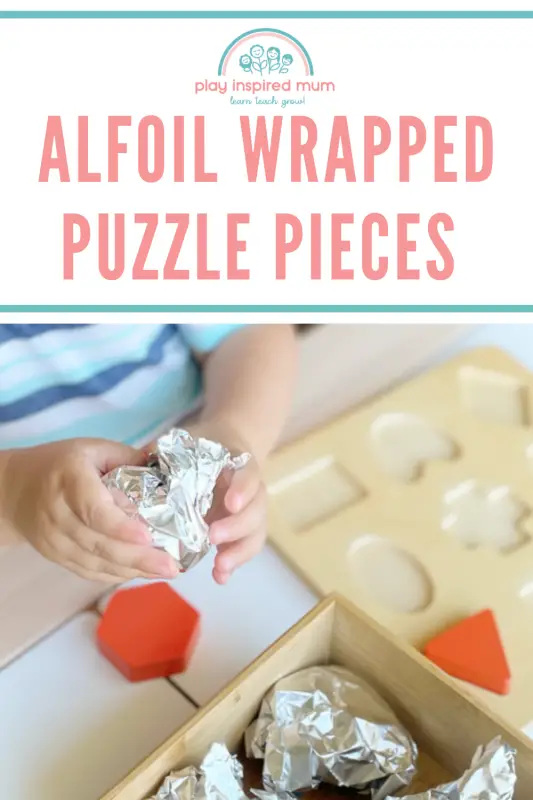
Alfoil Wrapped Puzzle Pieces
Are you looking around your child’s play space, blown away by the sheer number of toys they have, yet feel like you still ‘need to give them something to do’?
Are you looking for a simple play idea to fill in twenty minutes before you need to run out the door?
Would you just like to be a more hands-on ‘play Mum’?
Firstly, if you are wondering why your kids have so many toys, then they probably don’t need that many. We will talk about toy rotations another time – but know there is something you can do here and inspires quality play.
Secondly, boredom feeds creativity. It is okay for your children to be bored. Boredom can be beneficial. Many life skills can be developed through boredom.
Again, a tale for another time, but know it is okay for your kids to be bored.
Today, we are going to discuss the beauty of wrapping puzzle pieces in alfoil.
This is an activity that has had a 100% success rate at our place – they love it!
While I usually set it up for the younger kids, the older ones are pulled towards it too. They love help setting up the puzzle peices.
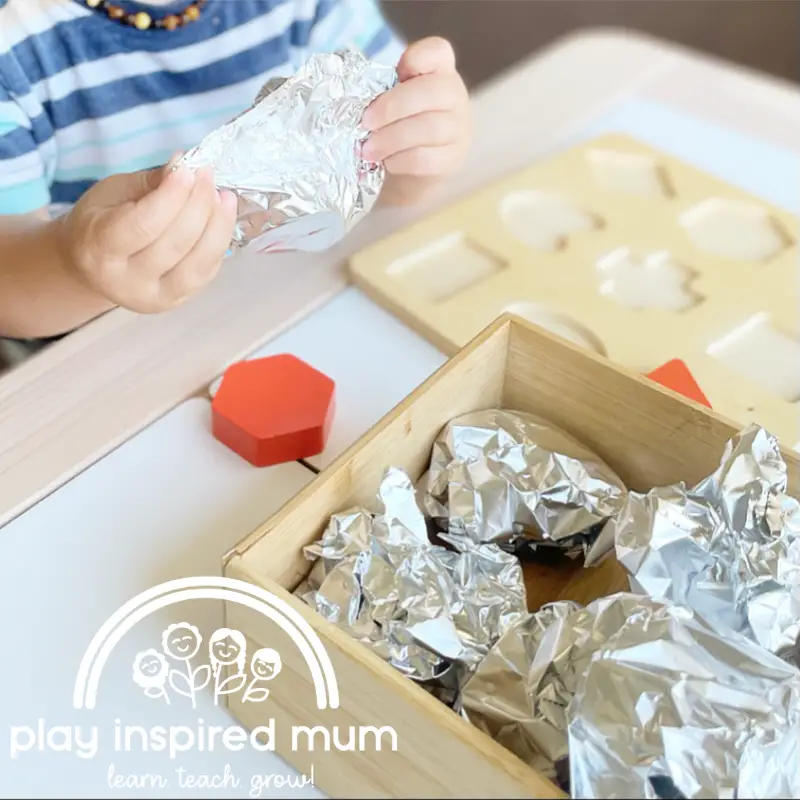
What you need for Alfoil wrapped puzzle pieces activity?
- Alfoil
- Puzzle
- Basket for wrapped puzzle pieces (optional)
- Basket for Alfoil (optional)
We used puzzle pieces in this variation of the activity.
This being said, allow your imagination to hold the limit to the variables you can use. Play to your child’s interests to encourage them to be engaged in the activity.
Repurposing toys that you already have also encourages your children to think outside of the box. This process inspires creativity!
What can be wrapped in alfoil as a puzzle alternative
You can wrap
- cars
- animal figurines
- snacks
- wooden blocks
- instruments
- duplo
- balls
- cutlery
- anything!
This is the time to exploit your childs interests. If your toddler is invested in the activity, they are more likely to remain engaged in the task. This creates a more meaningful activity and learning experience!
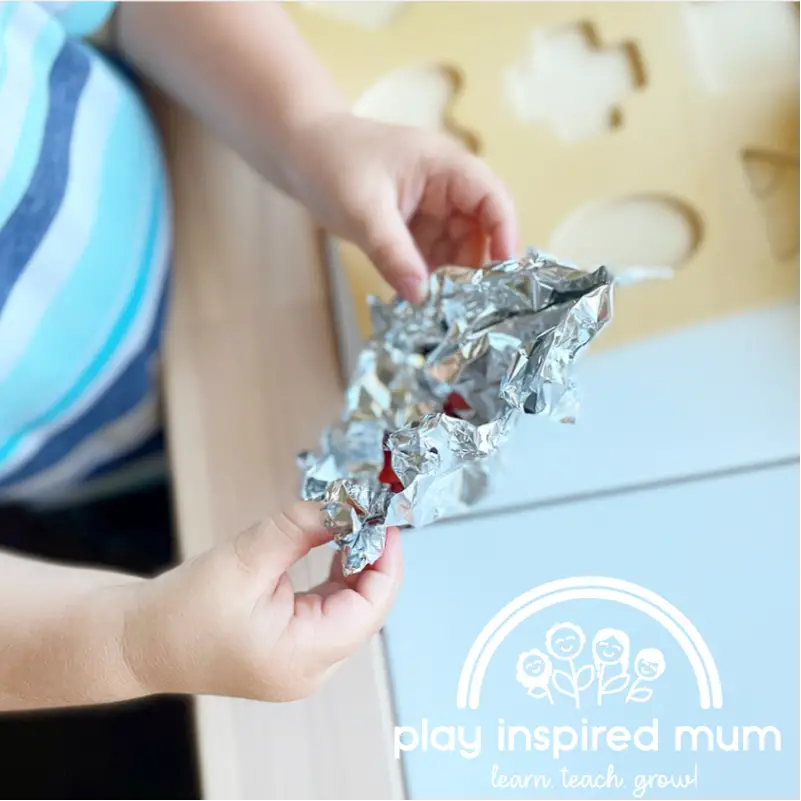
How to set up an alfoil wrapped puzzle piece activity
- Tear off a piece of alfoil that would be large enough to wrap the puzzle piece
- Wrap the puzzle peice in the alfoil
- Place the wrapped puzzle pieces into the basket
- Position the basket opposite to your child’s dominent side
- Encourage them to place the unwrapped foil into the empty basket and position the puzzle piece on the puzzle board.
- Once completed, rewrap and do it again!
- Save the alfoil for sensory play, crafts or simply store to do this activity another day
- Recycle alfoil that has had its day
Now, you may be asking why the suggestion to position the basket on the opposite of your child’s dominent hand. This is to encourage them to cross their midline.
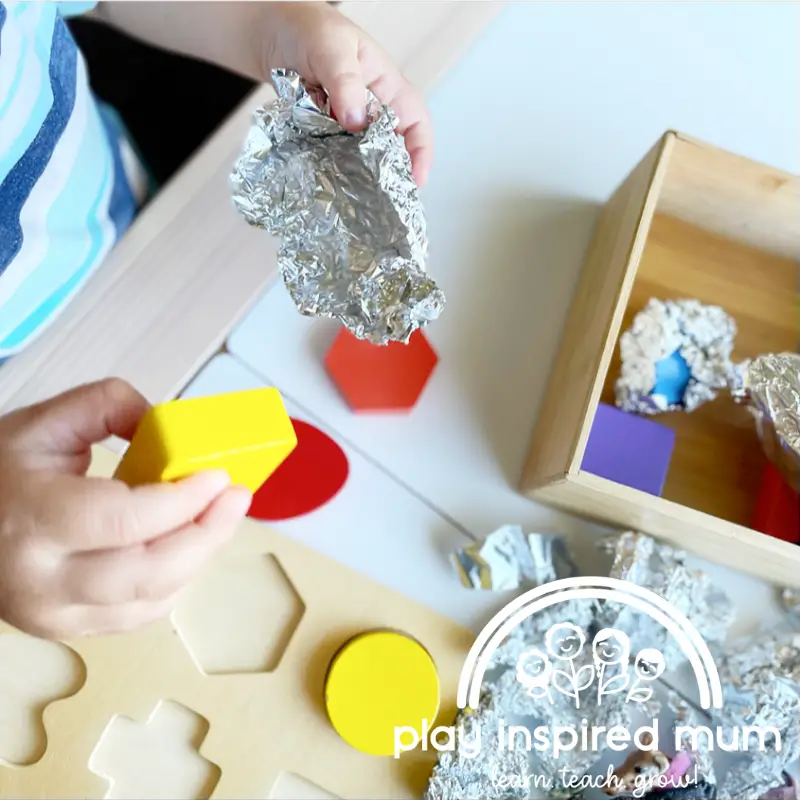
What’s a midline and why does your child need to cross it, you may ask?
Imagine an invisable line running from your childs nose to their belly button. This is their midline. Crossing their right hand to the left side of their body and visa versa is an important skill that can be practised through play.
To perform this skill requires both sides of the brain to communicate and coordinate this controlled, complex motion. Crossing the midline is an important skill to allow for the completion of many tasks such as writing, tying shoes and reading a book.
With a bit of premeditated positioning, you can encourge the development of this vital life skill without your child even being aware of it. Pretty cool isnt it?
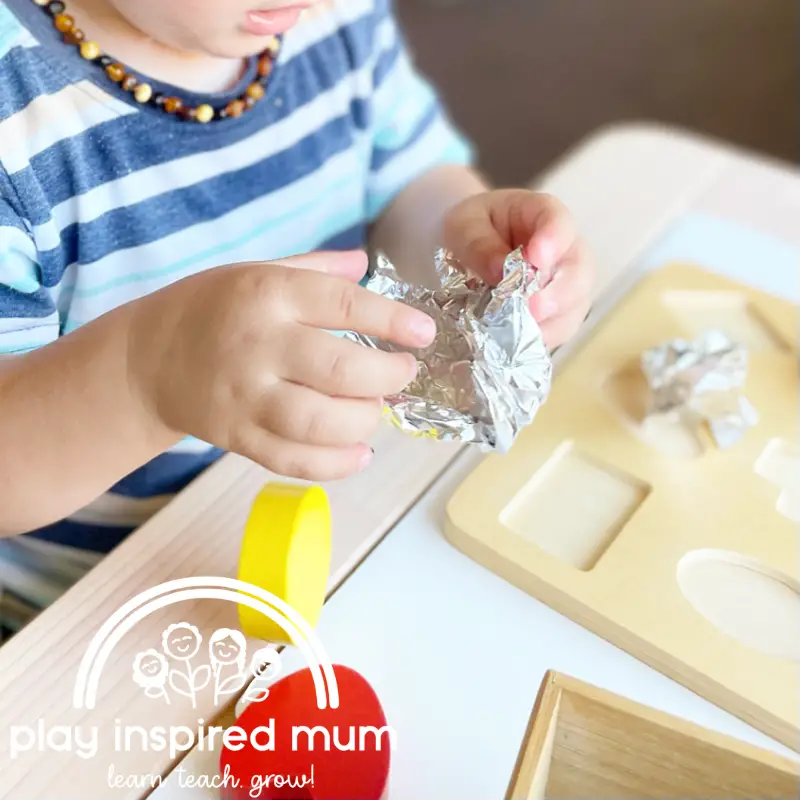
Fine motor benefits
Another incredible element of learning that this alfoil wrapped puzzle activity presents is the developemnt of fine motor skills.
Manipulating the foil to reveal the puzzle piece inside is exciting. The sound of the foil, the way it feels and the way it behaves are all rewards feeding your child’d determination. While this is all happening, they are also strengthening the tiny muscles in their fingers and hands.
These small muscle groups are known as their fine motor muscles.
There has been a noticeble decline in the number of students entering the school system with adequate fine motor strength. This is an area that many early childhood teachers focus on to ready our children for performing tasks such as handwriting and using scissors.
Luckily, it is super easy to incorperate fine motor strengthening activities into our toddlers every day to help prepare them for not only school readiness, but life in general.
This alfoil wrapped puzzle piece activity is a perfect example of how you can add fine motor fun into your day.
As you child picks up the wrapped puzzle piece, they are grasping the piece.
When they choose a starting point, they are using their pincer grip (that is the motion of using thumb and index finger to pick something up) to hold onto the foil.
With every tug and turn of the wrapped puzzle, with every pull of the foil, your child is strengthening those small muscles. Pretty amazing isnt it?
Not only is your child enjoying unwrapping their little alfoil wrapped present, they are developing skills and strength that will incrementally build up to allow them to perform tasks as adults.
That is one of the amazing benefits of learning through hands on, meaningful play!
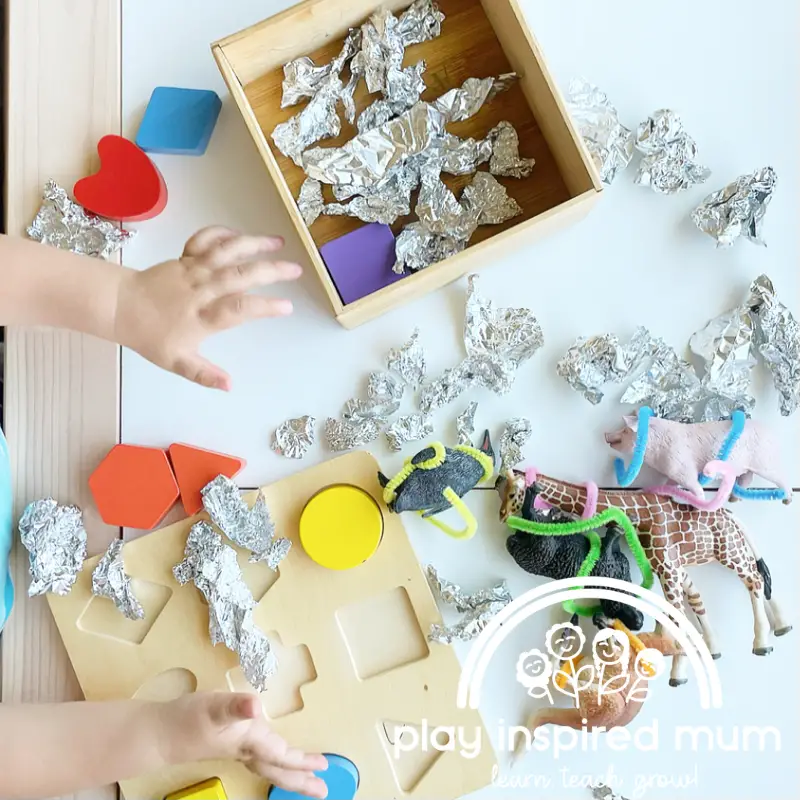
Object Permanence
Knowing something exists outside of a line of sight is another vital skill that can be developed through play.
This is known as object permanence.
Whether your child has watched you wrap the puzzle peices or not, when you pass them the basket, they know there is something inside each of the little parcels. They might not know what it is, however they know something is inside.
Use prompts to encourage them to guess what may be inside. They may recognise the puzzle from the board the pieces need to be positioned in. Asking them to guess which piece they think may be within the alfoil is going to trigger a stream of cognitive processes.
Memory of the completed puzzle will be triggered.
Your child will need to identify which pieces are missing.
They will need to visualise what the pieces looked like.
They will need to inspect the wrapped piece in their hand and cross reference what they know with what they remember. From here, they then will need to form an opinion on what it may be.
All from a simple question of “What do you think is inside?”
Other learning opportunities
This seemingly simple toddler activity is overflowing with learning opportunities.
So much can be gained through interaction with this activity.
- Hand Eye Coordination
- Sequencing Events
- Cause and Effect
- Problem Solving
- Logical Thinking
- Cognitive Development
All this said and I must also point out the sensory elements of this play idea.
Your child will have their senses ignitied while they play.
Their ears will hear the crunch of the foil.
The cool foil and its sleek finish will be felt by curious hands.
Light reflected from the surface of the alfoil will be inspected by an intentive stare.
The smell of the foil will trigger learning and sensory input.
All these attributes will contribute to creating a multi sensory learning experience.
Isn’t it interesting…
It really is interesting how presenting a toy differently can foster so much meaningful learning.
All while having fun, making memories and enjoying themselves!

